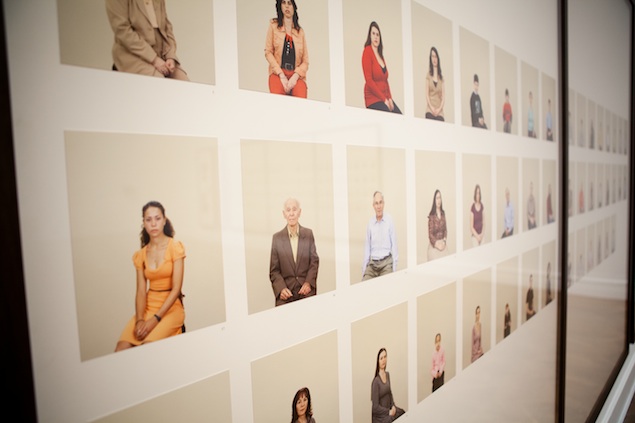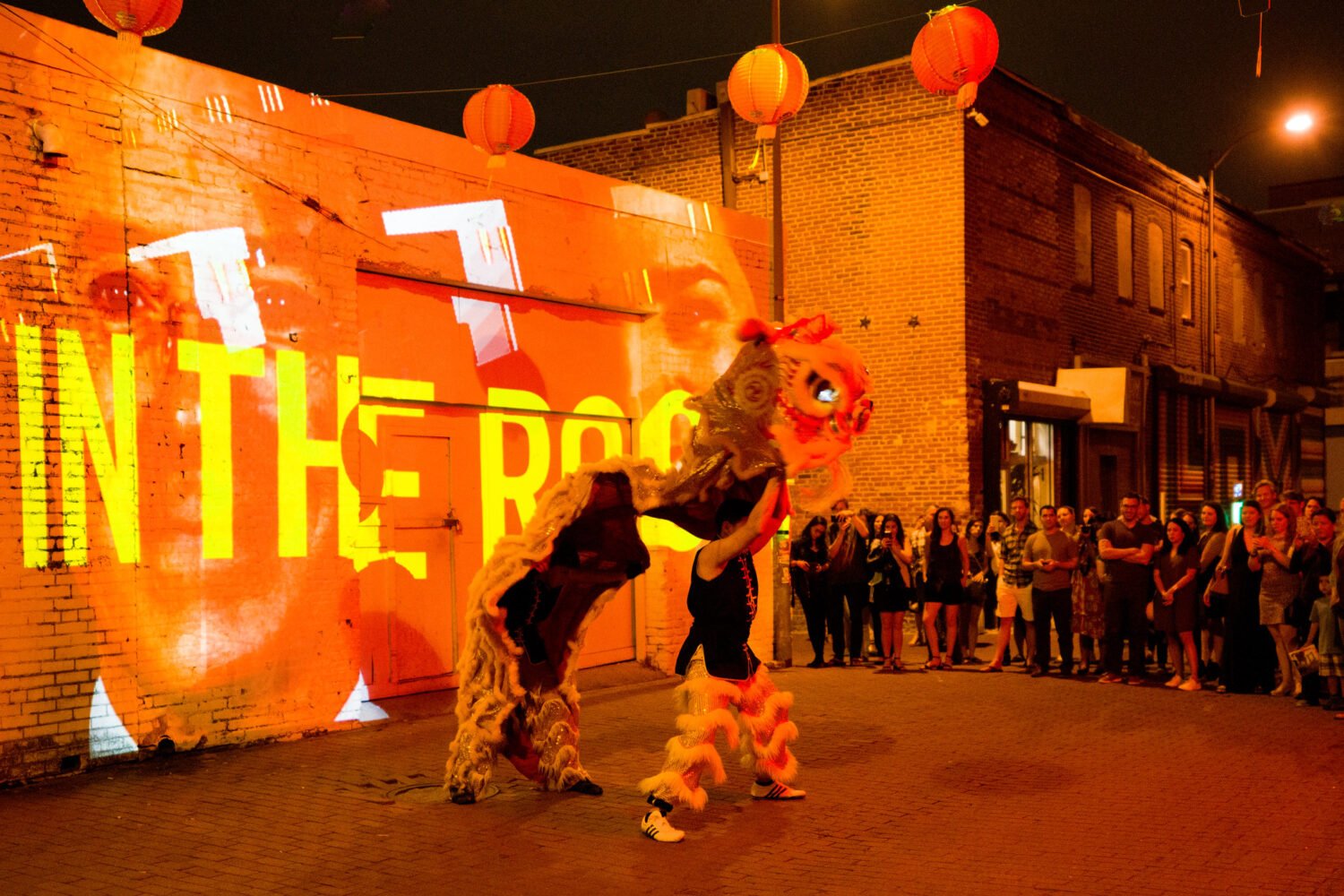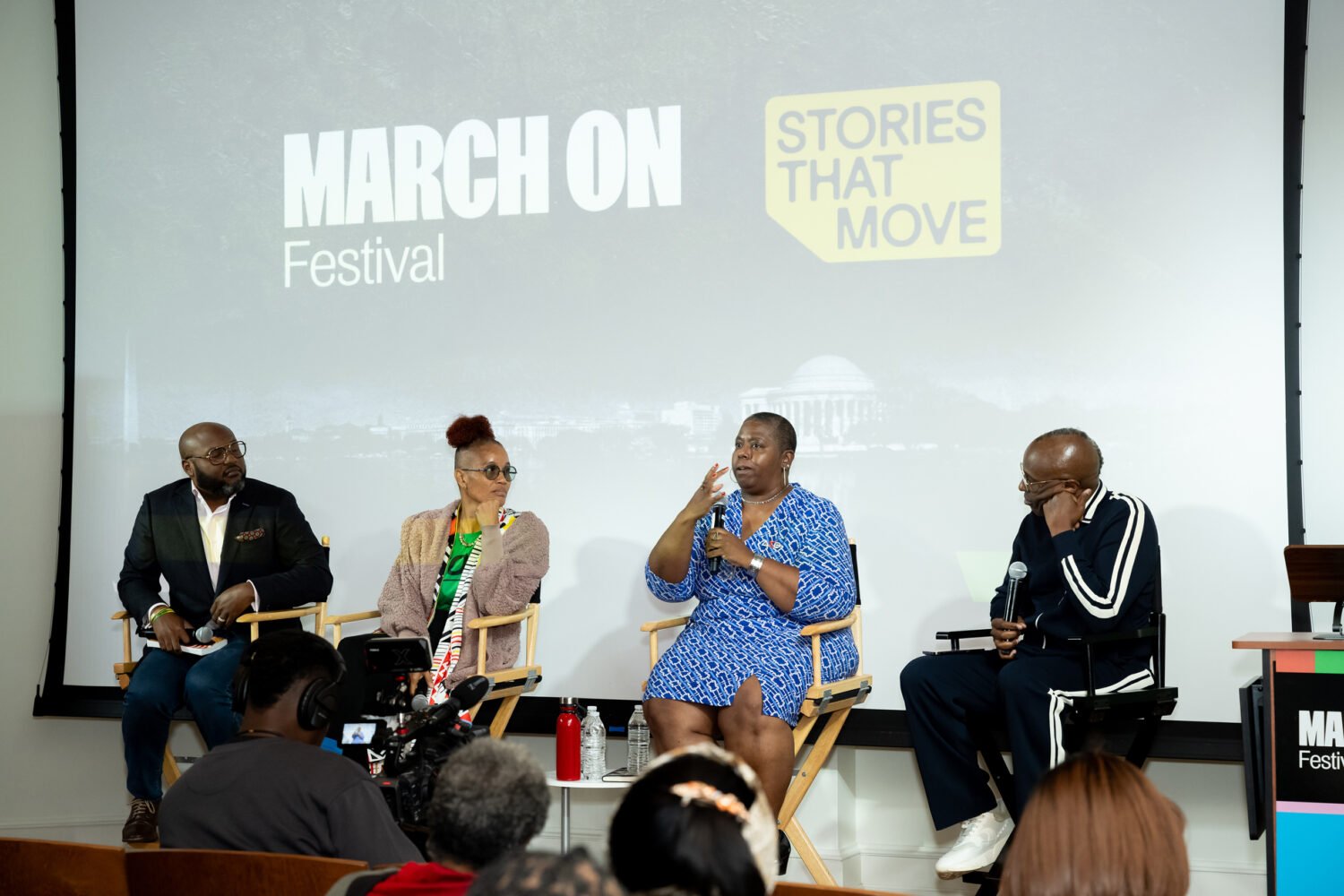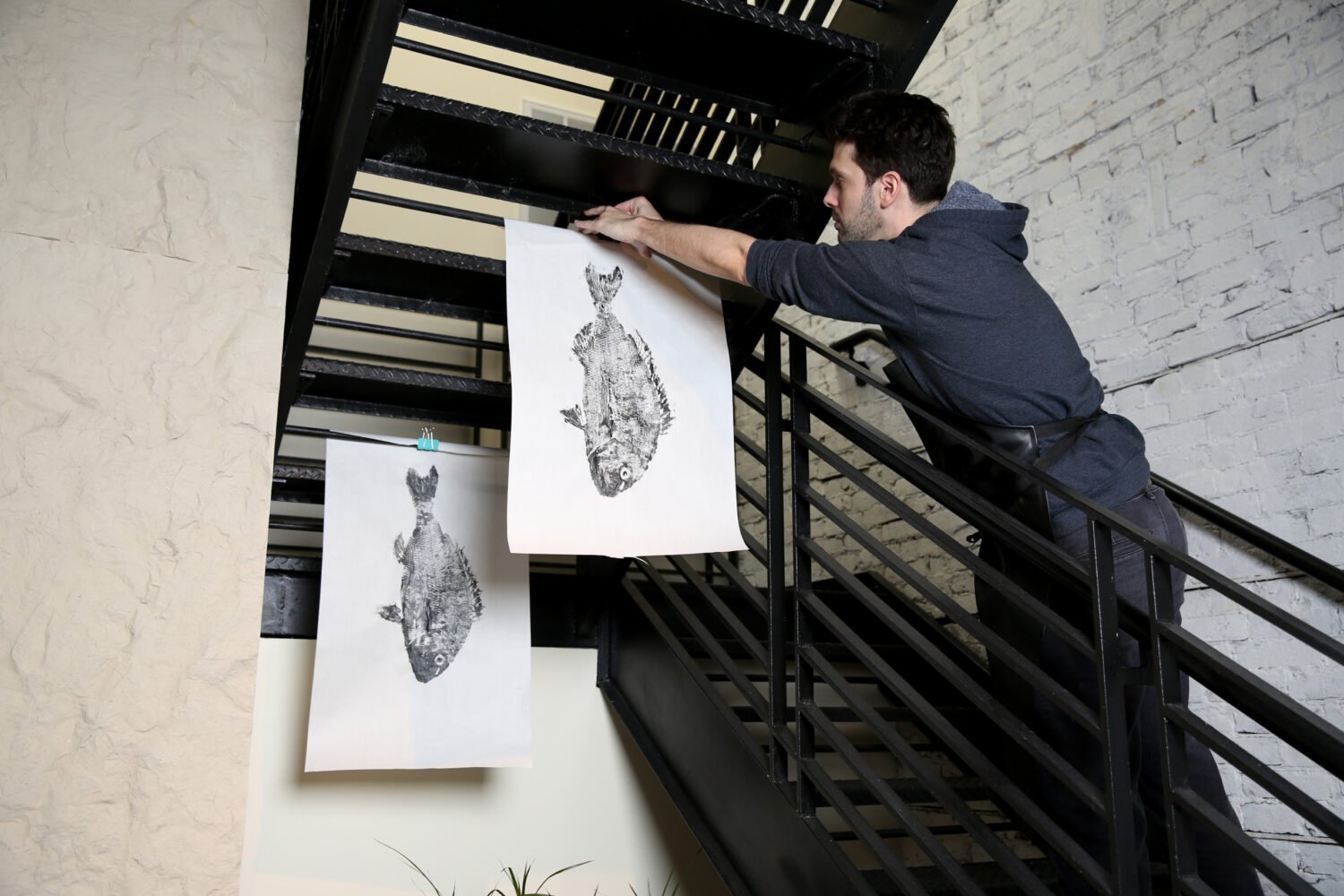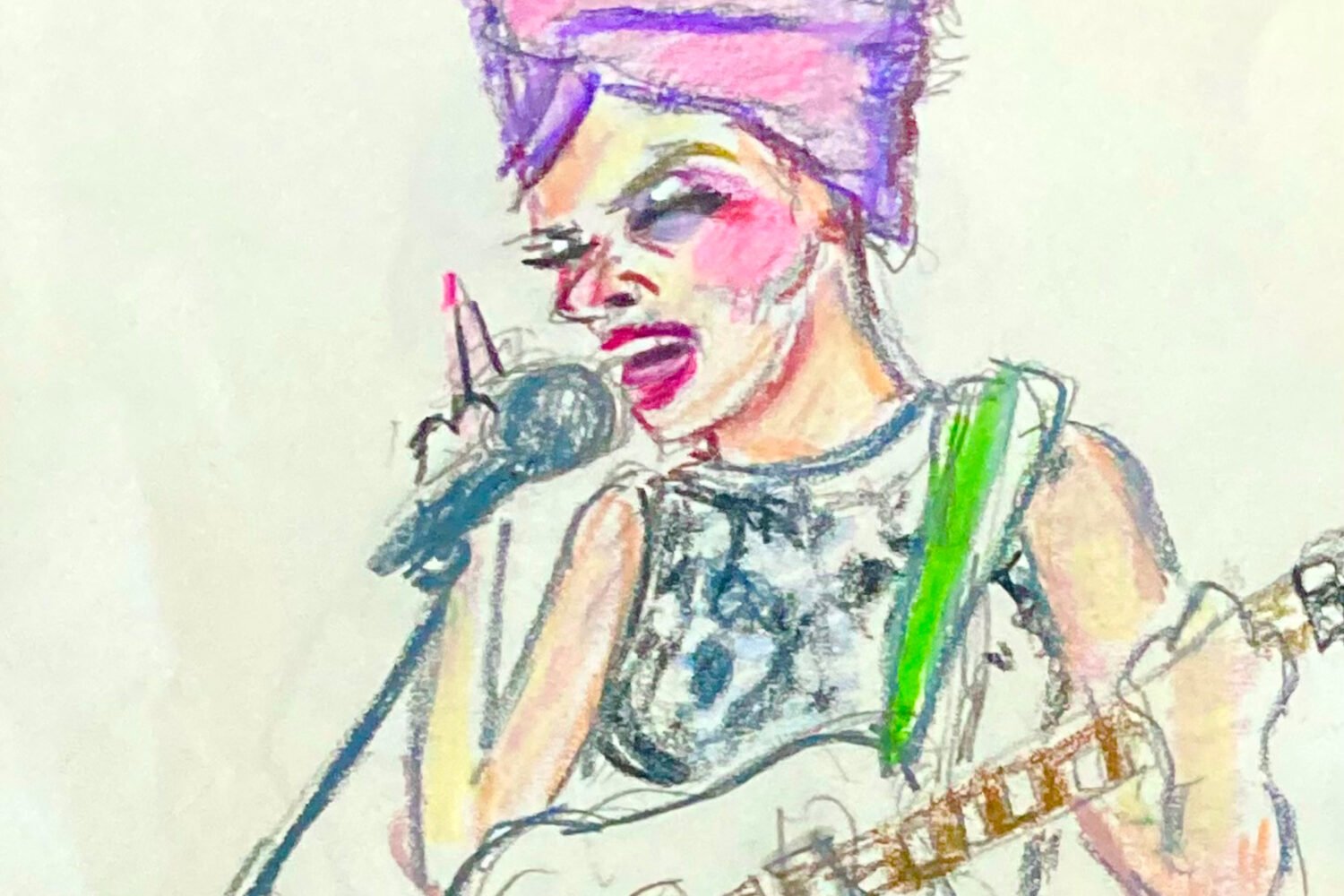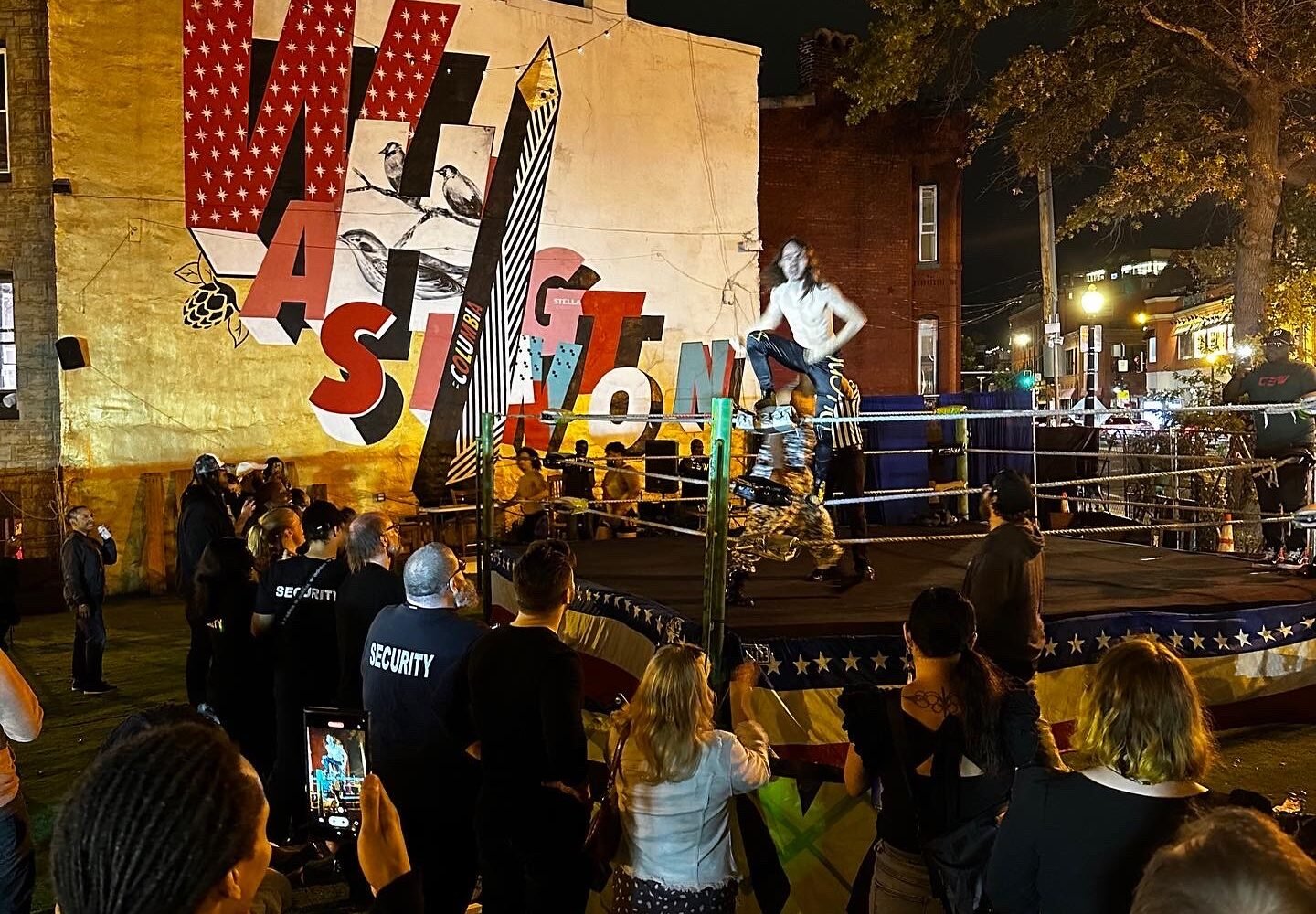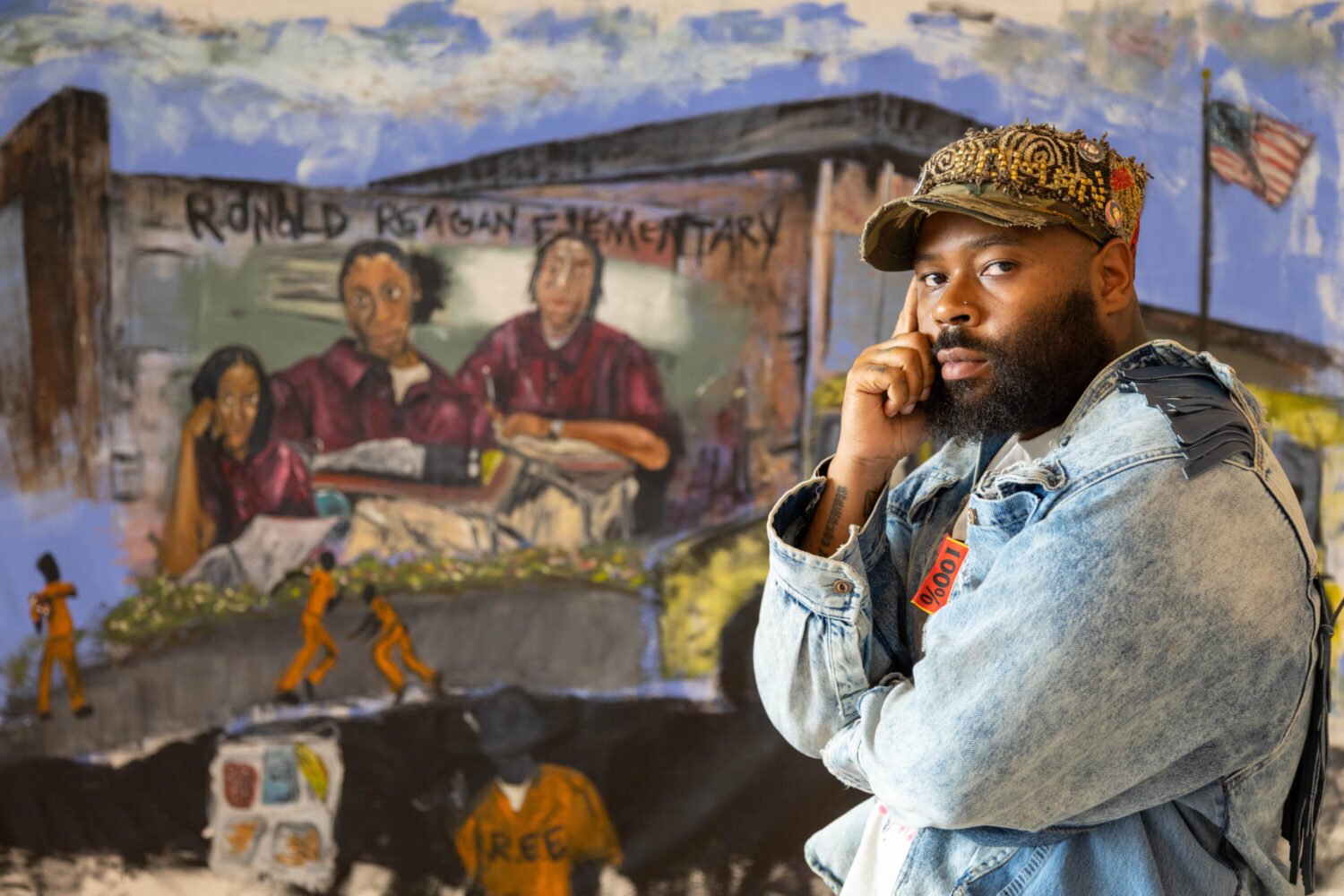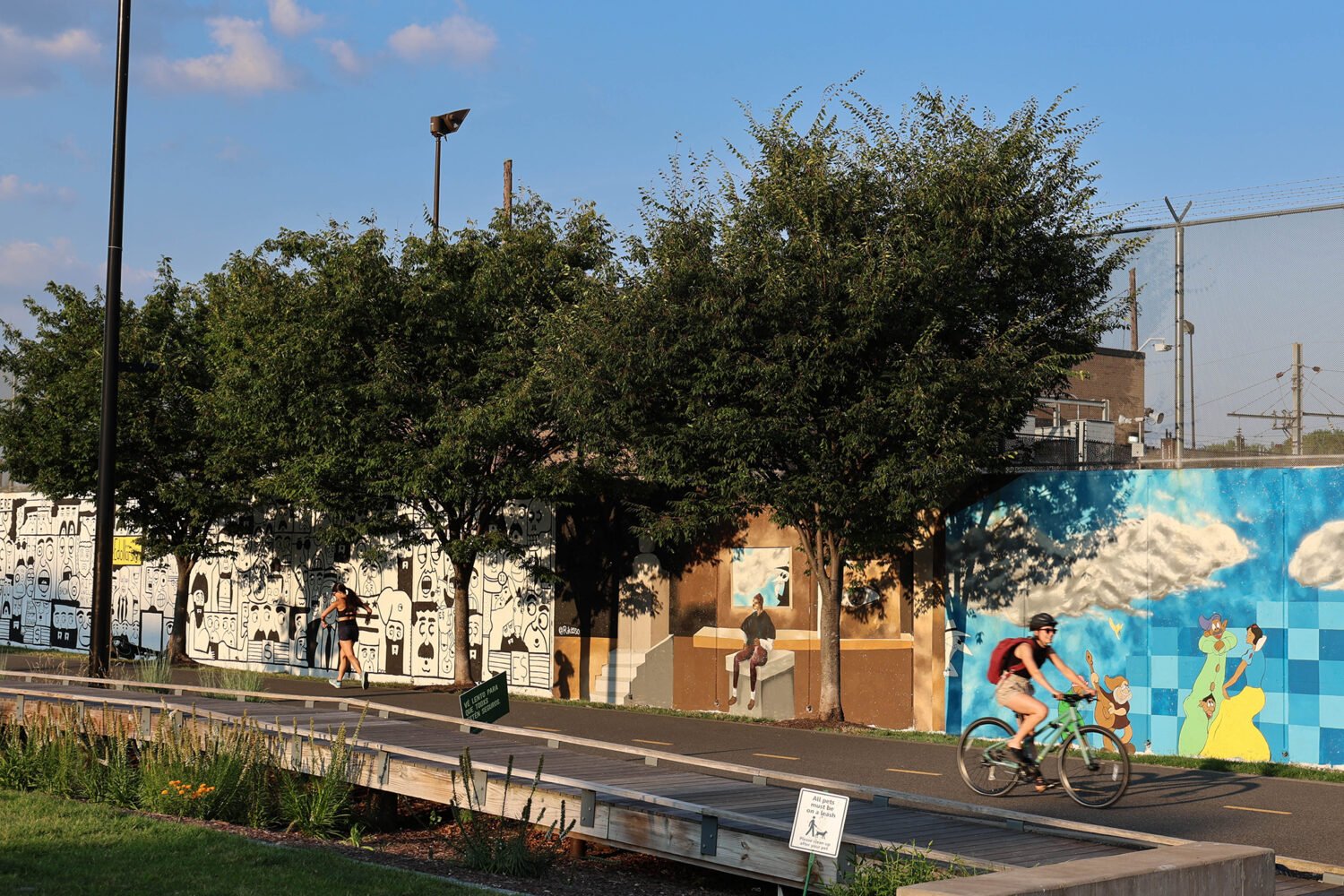There’s a certain heaviness to
Taryn Simon’s work, a leaden weight that accompanies the viewer as we come face to face with
both her subjects and a sense of our own inescapable heritage. Where we are born,
to whom, and under what circumstances are facts we can’t control, and yet they will
prove to be the most important and unalterable elements that define the rest of our
lives. This reality slams up against the tenuous concept of the American Dream with
all the heft of a juggernaut.
Simon’s latest show, “A Living Man Declared Dead and Other Chapters I-XVIII,” comes
to the Corcoran Gallery of Art this weekend after previous runs at London’s Tate Modern
and New York’s Museum of Modern Art. Revealed in its entirety is four years of work
by the artist during which she traveled across the globe photographing members of
different bloodlines, from the 9 wives, 32 children, and 63 grandchildren of a polygamist
healer in Kenya to the descendants of Hans Frank, Hitler’s legal adviser and governor
general of Poland under Nazi occupation.
The results are 18 very different works that seem less like portraits and more like
reportage—narratives of lives that would be otherwise undocumented. The photographs
themselves are small and organized neatly on plain beige backdrops, from the first
member of the family to their children, grandchildren, and so on. Simon is meticulous
and scientific in the way she maps out families, so when a member refused to be photographed
or was unavailable for various reasons, she leaves a blank beige square in their place,
feeling a little like the jagged hole where a missing tooth should be. In another
frame to the right, Simon provides census-like information about each person, and
to the right of that, footnotes—ranging from random photographs of moments in family
history to grisly archival footage of massacres and Thalidomide-distorted chicken
fetuses.
Simon’s bloodlines come from all over the world, but each chapter has a darkness to
its story. The first, which inspired the title of the show, features the family of
Shivdutt Yadav, a man living in rural India who discovered that his family had had
him officially declared dead in order to take over the land he owned. From here, we
encounter a Bosnian family that lost six male members during the Srebrenica massacre;
two Brazilian families entrenched in a blood feud; and the family of Leila Khaled,
a Palestinian liberation fighter and the first woman in history to hijack an aircraft.
The portraits themselves are so expressionless as to be almost neutral, with the exception
of Hans Frank. The vast majority of his descendants refused to be publicly identified,
presumably out of shame and fear of reprisals. But those who posed for Simon seem
to do so almost aggressively, staring out at the camera with a confrontational air.
The text reveals that they work as journalists and businessmen, the normalcy of their
lives in stark contrast with the legacy of their ancestor.
For all her obsessiveness when it comes to organization and structure, Simon breaks
pattern in remarkable ways. In “Chapter VI,” she photographs more than 100 brown rabbits,
descendants of the two dozen brought over to Australia by a blithely thoughtless landowner
in the 19th century (without predators to hunt them, the rabbits bred like . . . rabbits,
and continue to cause environmental havoc today). Divided into three groups, the rabbits
are scientific test subjects, and have been injected with bacteria intended to help
thin their populations in the wild. Simon photographs them in clear plastic boxes
and arranges them almost like strings of paper dolls, their sweet pink ears and white
tails repeating over and over again.
“Chapter XVII,” also titled “Orphans,” is the exception to the bloodline rule, since
all 120 subjects are Ukranian orphans and their heritage is unknown. Aged from 6 to
16, the children have, Simon tells us, little cause for hope. After they grow too
old for the orphanage, society does little for them, and many will be forced into
sex trafficking or crime. Some of the girls wear bizarrely sexualized maids outfits
with ruffled lace collars, their hair coaxed into absurd pigtails. One, wearing lipstick,
stares at the camera with a sullen expression. Some of the boys, with strangely familiar
faces, have the same ridiculous haircut—shaved with the exception of long bleached
bangs. Simon’s footnotes reveal that the orphanage frequently lacks hot water, beds,
and warm clothing, and during a single 12-month period, only one child was adopted.
“Living Man” stretches out through several galleries, and its overarching impact is
one of powerlessness and a sense of futility in the face of simple destiny. The rabbits
also serve as a reminder that our innate impulse to reproduce is ignoble, and that
humans will continue to breed until they have no more means of doing so. But the beautiful
repetitions and patterns in Simon’s work, and the seeming absence of any editorializing,
makes this a fascinating show to encounter. Legacies differ, but the most enduring
one of all, for better and worse, is the future selves we leave behind.
“A Living Man Declared Dead and Other Chapters I-XVIII” is at the Corcoran Gallery
of Art through February 24. For more information, visit the Corcoran’s website.

